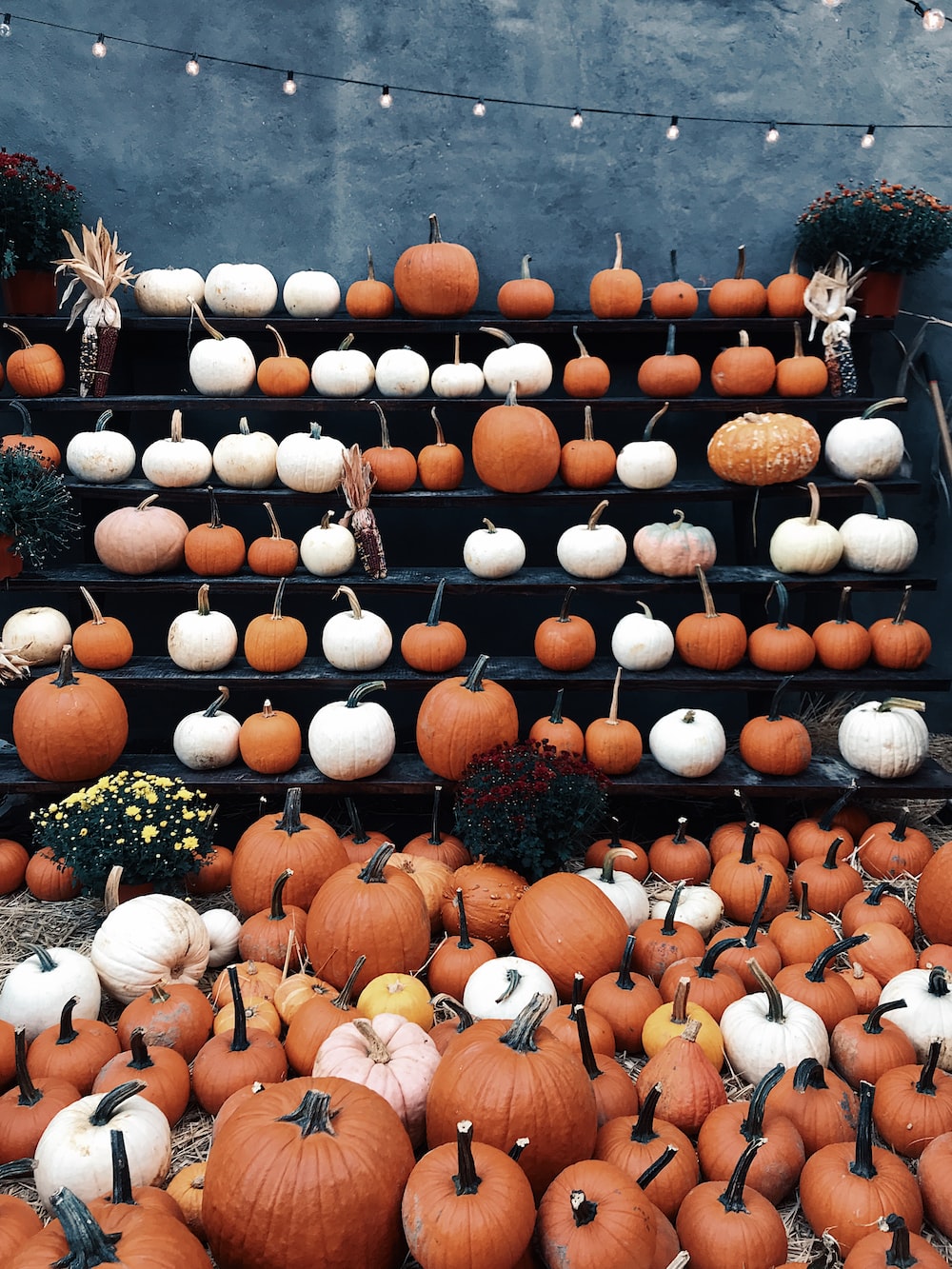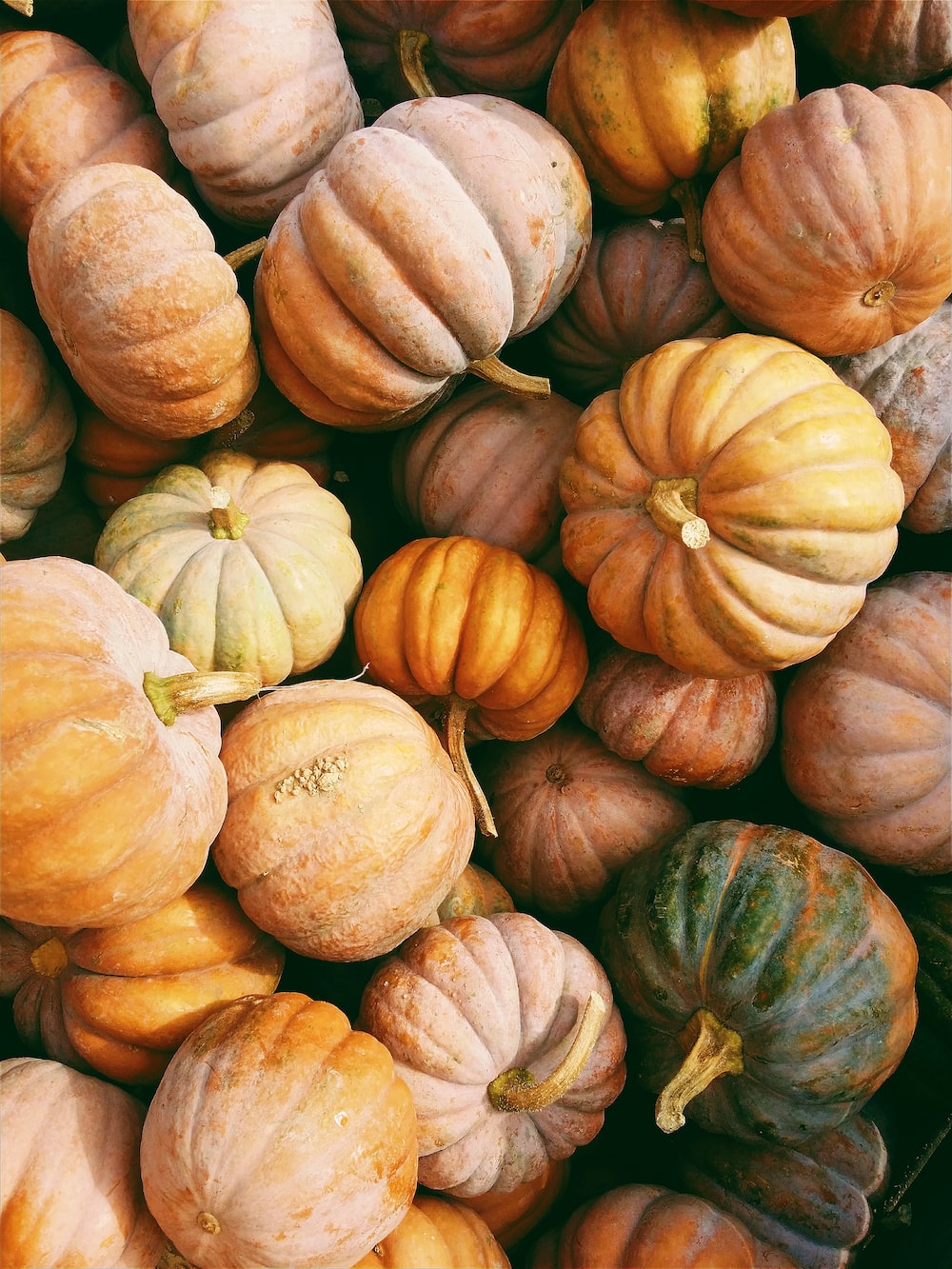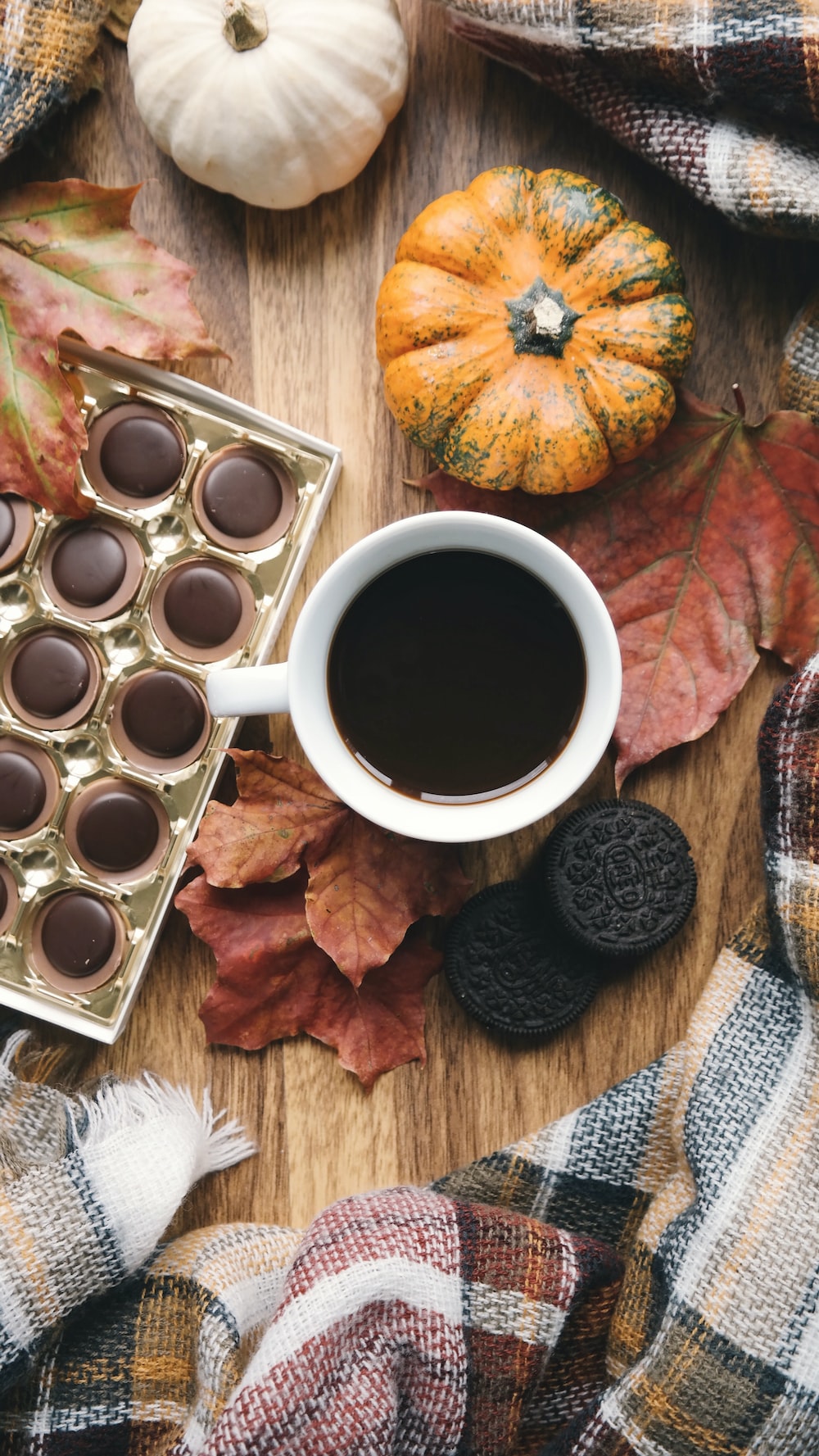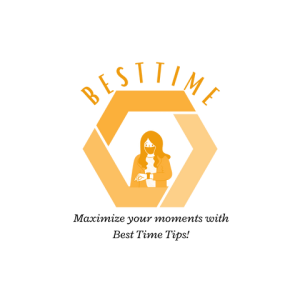Fertilizing your lawn in the fall is one of the best ways to ensure a healthy, lush lawn come spring. It helps improve root growth, build stronger grass, and even reduce weeds. The best time to fertilize your lawn in the fall is late September or early October, depending on your climate.
Applying fertilizer during this time helps give your lawn the nutrients it needs to stay green and healthy during the winter months.
El otoño es el mejor momento para fertilizar el césped. La temperatura más fría y las lluvias regulares ayudan a una fertilización eficiente. La alimentación de la hierba en esta época del año contribuye a un césped saludable y verde durante toda la temporada. El uso de un buen fertilizante asegura una mayor resistencia a enfermedades y plagas, además de brindarle un aspecto más hermoso a tu jardín.
Introduction

Fertilizing your lawn in the fall is one of the best ways to ensure a healthy, lush lawn come spring. It helps improve root growth, build stronger grass, and even reduce weeds. The best time to fertilize your lawn in the fall is late September or early October, depending on your climate.
Applying fertilizer during this time helps give your lawn the nutrients it needs to stay green and healthy during the winter months.
Best Fertilizers for Fall Lawn Care
Fall lawn care is an important part of keeping your yard looking its best. Fertilizing your lawn in the fall helps it store nutrients for winter and gives it a head start for the next growing season. There are a variety of fertilizers available to choose from, depending on the type of grass you have. Organic fertilizers are a great choice, as they are natural and provide essential nutrients without harsh chemicals. Synthetic fertilizers can also be used, but as they contain more chemicals, should be used sparingly. By taking the time to select the right fertilizer for your lawn, you can ensure a beautiful, healthy lawn all year round.
Timing of Fall Fertilization
 Fall fertilization is an important part of maintaining a healthy lawn. The timing of this application is crucial for optimal results. Applying too early can result in the nutrients leaching away before they can be absorbed by the grass, while too late can mean that the nutrients are not available when the grass needs them most. To get the best results, it’s important to follow the directions on the product label and apply fertilizer at the right time.
Fall fertilization is an important part of maintaining a healthy lawn. The timing of this application is crucial for optimal results. Applying too early can result in the nutrients leaching away before they can be absorbed by the grass, while too late can mean that the nutrients are not available when the grass needs them most. To get the best results, it’s important to follow the directions on the product label and apply fertilizer at the right time.
For more information on timing fall fertilization, contact your local lawn care expert.
Benefits of Fall Fertilizing
Fall fertilizing is an important part of lawn care. It helps to ensure the lawn stays healthy and lush throughout the winter months. Benefits of fall fertilizing include improved root growth, increased stress tolerance, and a lush, green lawn for the spring season. Fall fertilizing also helps to reduce weed growth and encourages a thicker, healthier turf.
Types of Fertilizer to Use in Fall

Fall is an important time for fertilizing your garden or lawn. Different types of fertilizer can be used depending on the soil type and type of plants you are growing. Organic fertilizers such as compost, manure, or humus are great options as they provide essential nutrients while also improving the structure of the soil. Synthetic fertilizers are also available, which can be tailored to the specific needs of your garden or lawn. Whichever type of fertilizer you choose, make sure to follow the instructions carefully to ensure the best results.
Soil Preparation for Fall Fertilizing
Fall is an important time of year for soil preparation. Fertilizing in the fall helps to ensure that your soil is ready for spring planting. To get the most out of your fertilizing efforts, make sure to till the soil to a depth of 8-10 inches and remove any debris or rocks that might be present. For the best results, use a slow-release fertilizer to provide long-lasting nutrients throughout the season.
Additionally, adding organic matter to the soil can improve water retention, aeration, and microbial activity. Incorporating compost or manure into the soil can help to protect against erosion and provide essential nutrients for the upcoming growing season.
With proper soil preparation, you can ensure that your plants will have the best possible conditions to grow.
Applying Fertilizer in Fall
 Applying fertilizer in the fall is an important part of maintaining a healthy lawn. By fertilizing in the fall, you can help your lawn recover from summer stress and prepare it for the winter. For best results, use a slow-release fertilizer with a high nitrogen content. Follow the package instructions for proper application and be sure to water thoroughly after fertilizing.
Applying fertilizer in the fall is an important part of maintaining a healthy lawn. By fertilizing in the fall, you can help your lawn recover from summer stress and prepare it for the winter. For best results, use a slow-release fertilizer with a high nitrogen content. Follow the package instructions for proper application and be sure to water thoroughly after fertilizing.
You should also avoid over-fertilizing, as this could lead to excessive growth and damage your lawn.
Doing proper fall fertilization can help keep your lawn healthy and strong for years to come.
Fall Fertilizing Schedule
Fall is a great time to fertilize your lawn or garden. With cooler temperatures and fewer weeds, fertilizing in the fall can help give your lawn or garden the boost it needs for spring growth. Use natural or organic fertilizers, such as compost or manure, and avoid synthetic ones. Start fertilizing in late September and finish by mid-October. Be sure to follow the instructions on the fertilizer packaging to ensure the best results.
Aftercare for Fall Fertilized Lawns
 Fall fertilizing is essential for a healthy lawn. Aftercare for a fall fertilized lawn starts with proper mowing and watering. Mow the lawn regularly at the recommended height and water deeply, but infrequently. In addition to mowing and watering, it is important to clear up any debris that may have accumulated during the fertilization process. Finally, control weeds and other pests to keep your lawn looking great.
Fall fertilizing is essential for a healthy lawn. Aftercare for a fall fertilized lawn starts with proper mowing and watering. Mow the lawn regularly at the recommended height and water deeply, but infrequently. In addition to mowing and watering, it is important to clear up any debris that may have accumulated during the fertilization process. Finally, control weeds and other pests to keep your lawn looking great.
Keeping your lawn fertilized in the fall will help ensure a lush, green lawn all year round. Proper aftercare is key to maintaining a healthy lawn.
Following these steps will help you achieve a beautiful, healthy lawn that will last for years to come.
conclusion
Fertilizing your lawn in the fall is an important step to ensure healthy grass growth and a lush green lawn. Fall fertilizers are specially formulated to provide nutrition to your grass during the winter season. Start fertilizing when temperatures drop and the grass stops actively growing. Be sure to follow the instructions on the fertilizer package for best results.
Happy fertilizing!
#fertilizeyourlawn #fallfertilizer

Some questions with answers
When is the best time to fertilize the lawn in the fall?
Late August or early September is typically the best time to fertilize a lawn in the fall.
What is the best time of day to fertilize the lawn in the fall?
It is best to fertilize the lawn in the late afternoon or early evening when temperatures are cooler.
What type of fertilizer should be used for the lawn in the fall?
Slow-release fertilizer is typically recommended for fertilizing a lawn in the fall.
How often should the lawn be fertilized in the fall?
Most experts recommend fertilizing the lawn once or twice in the fall.
What is the best temperature for fertilizing the lawn in the fall?
Cooler temperatures, between 50-65 degrees Fahrenheit, are best for fertilizing a lawn in the fall.
How much fertilizer should be used for the lawn in the fall?
The amount of fertilizer used will vary depending on the type of grass and the size of the lawn. It is important to follow the instructions on the fertilizer package.
What is the difference between spring and fall fertilizing?
In the spring, fertilizers are generally used to promote new growth, while in the fall they are used to help the lawn store nutrients for winter dormancy.
Should the lawn be watered after fertilizing in the fall?
Yes, watering the lawn after fertilizing is recommended, as it helps the fertilizer to penetrate the soil.
Are there any risks to fertilizing the lawn in the fall?
Yes, over-fertilizing can burn the grass and can cause nitrogen runoff into waterways.
What are some signs of over-fertilization of a lawn?
Signs of over-fertilization include yellowing or browning of the grass, uncontrolled growth, and a buildup of thatch or moss.
